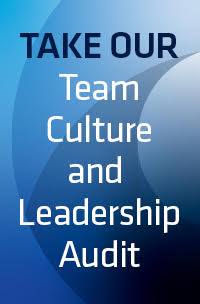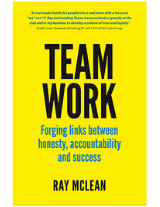The hallmarks of a good team building exercise is one that is more than a single attempt to correct any perceived weakness in a team; it must also address the purpose for which it was intended.
For example, at Leading Teams, activities with clients are not conducted simply for the sake of the activity; they are conducted to achieve a particular and well-defined outcome. This outcome is then reinforced by a facilitated discussion that explores, amongst other things, the way individuals behaved and how the team interacted.
A team building exercise should aim to achieve whatever it has been designed to achieve that is, if it’s an exercise about communication, it should address communication, if it’s about managing conflict it should speak to that topic. The exercise should not serve to simply entertain the team, unless that is its purpose.
From time to time our facilitators experience a situation where the designed outcome is superseded by the group’s needs, that is to say, we might design an event/activity to address issue A and the group brings issue B to the fore. A great facilitator will not ignore the group’s needs; rather they will adapt the session to ensure the team issue is well explored. A poor facilitator sometimes pushes issue B to the side and continues to discuss or address issue A, simply because they are only equipped to run a formulaic ‘team building session’. This can undo the entire event.
The role of the leader in a team building exercise is a critical success factor. In fact, clarity of the role of every participant in a team building exercise is of vital importance. The leader needs to decide if they are a team member, in which case they should behave and perform exactly as they would in the team.
Too often we see leaders/managers facilitating, pretending or role-playing in a team building activity, almost to the detriment of the activity. Also, some leaders try to resolve workplace issues without actually discussing them – they run from the key needs of the group if it involves a perceived conflict. They don’t stick to the aim of the activity, they allow their prejudice to come out to play or they show favouritism (for the business or an individual).
In terms of measuring the success of a team building exercise, you must decide its purpose and then assess how it went against that criterion not some other criteria. Too often businesses just conduct a team building activity because they think they should. They don’t actually analyse the reason for the event or the desired outcomes. A great facilitator takes all this into account before deciding to work with the client and designing the activity.



